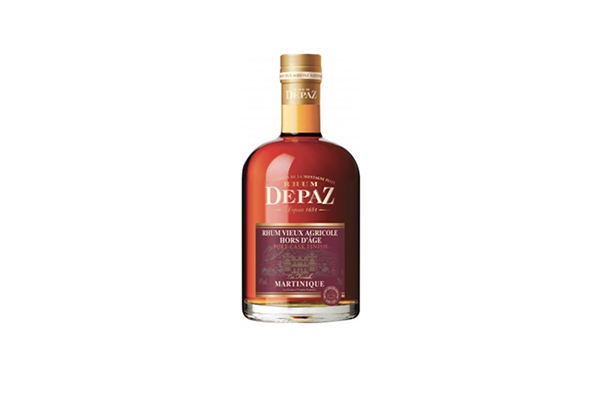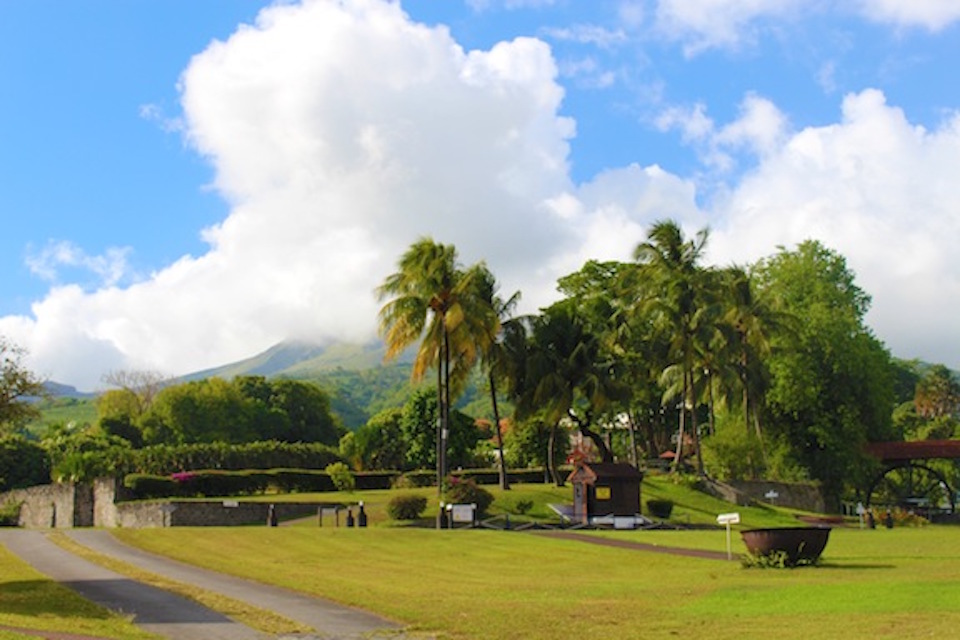By Alexander Britell
Much is told and retold these days of pot stills and column stills, of molasses and cane honey and cane juice, of dunder and esters and yeast.
These are all essential to the art of rum making — but they are also only the very beginning of the story.
Because the stories of the greatest rums often truly start in the barrel.
It’s in the barrel that a rum gets its color, its soul. It’s in the barrel that a rum gets its personality.
It’s where the alchemy of aging happens, where the rum and the barrel dance and move and fuse.
Barrels teach the rum what it will be, shaping it, edifying it, stamping it, a years-long conversation that eventually finds its way into your glass.
This is why so much attention is now being placed on the barrels themselves — about the science of char profiles, of the kind of wood used to make the barrels, and — most notably, about what was inside the barrel in its earlier life. (The impressive work in this regard of Martinique’s Rhum HSE comes to mind.)
It’s the latter that has preoccupied many brands of late: using barrels that once held other spirits, from sherry to white wine to whisky – to “finish” the rum, taking an aged rum and sending it for reeducation for months or even years in a foreign cask.
It’s a welcome trend, one that is being mirrored in other drinks, and one that is only helping to cement the perception of rum as a sophisticated, premium spirit.
But the results are mixed.
Sometimes rummakers overdo it.
Some cask finishes taste far too much of the “former” spirit (to the point that one wonders if they’ve actually added port or sherry to the finished product).
Others are so subtle as to make the entire “finishing” process feel like a waste of time.
That’s not the case, however, with one of the newest expressions from Martinique’s Rhum Depaz, the famous volcano-set distillery on the outskirts of Saint Pierre.

This is the Rhum Depaz Rhum Vieux Agricole Hors D’Age Finition En Futs de Porto, a long way of saying Depaz’s Port Cask Finish.
It’s a rhum agricole that’s first aged for at least eight years in small oak barrels.
It then spends another 11 months in ex-port barrels.
So what’s it like?
The aroma is wonderful: candied fruit, chocolate-covered cherries, cassis.
It’s a medium bodied rum but a delicate one, too, with notes of wood and caramel, starting off subtly until it begins to glow, with prune and charred oak and a hint of white wine and vanilla.
It’s here where you begin to taste the marriage of the barrels, of the two lives the rum has lived already, two stories told at once.
Yes, the port is here, rounding the edges of a typically robust (45 degrees) Depaz; it doesn’t overpower but it’s also not forgotten, smiling around the rum and giving it another layer of personality.
This is an exceptional cask finish rum — it takes an already impressive agricole and gives it a new dimension, injecting the absolute value of the port without substituting in its character.
The finish is spicy and playful, free from pretentiousness and unnecessary sweetness.
This is a truly marvelous rum — and as good a cask finish rum as I’ve ever tried — and a story you can enjoy over and over again.
Rum Journal Review: 95 Points
